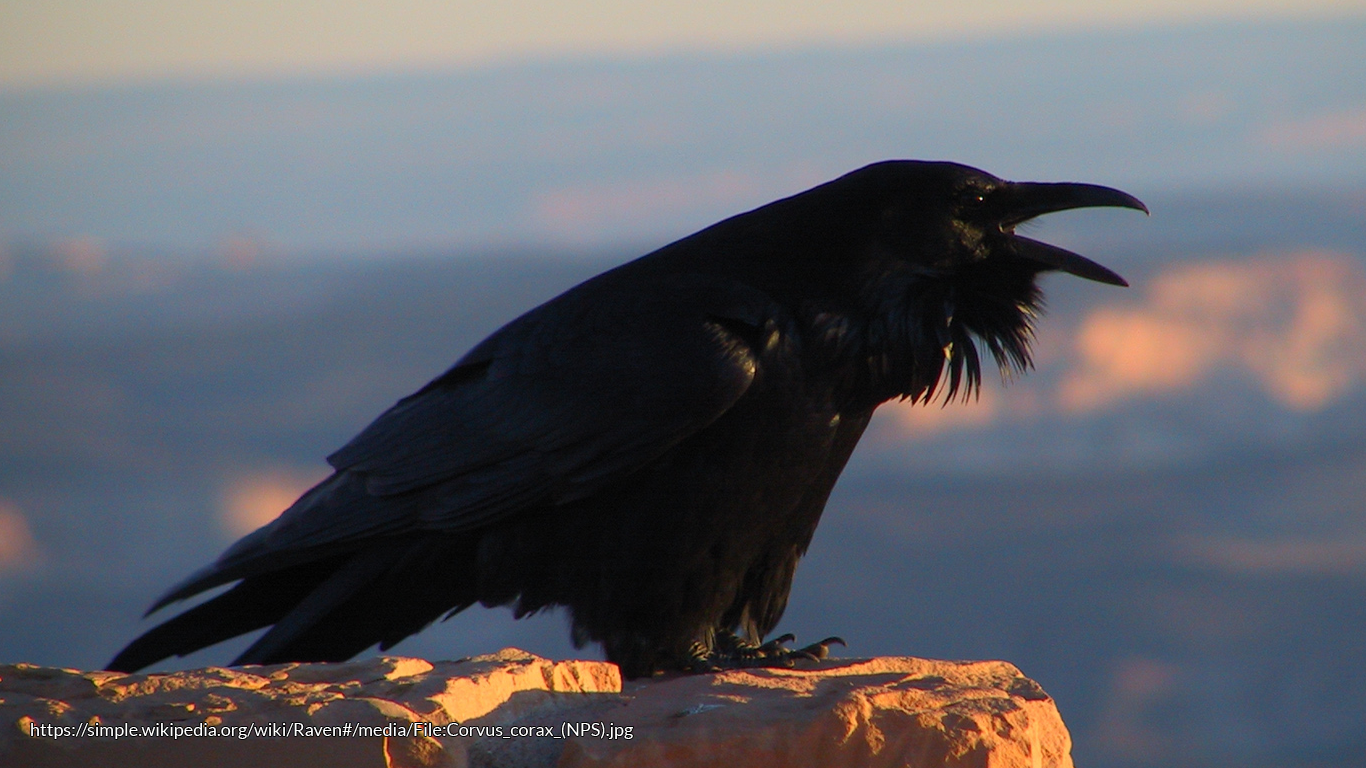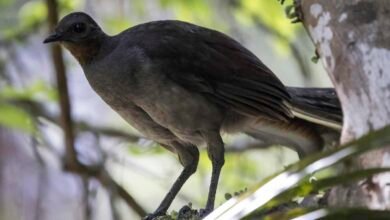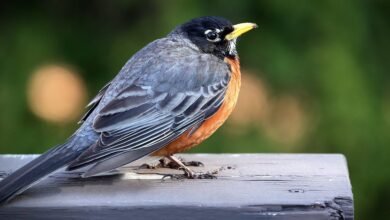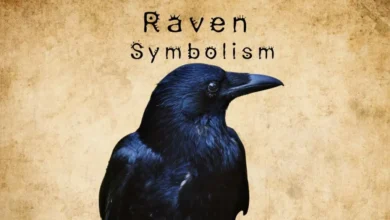What Is a Bad Omen Bird in Shinto Mythology? Uncover the Mysteries Behind This Ancient Belief

In Shinto mythology, birds are not just creatures that soar in the sky; they hold deep symbolic meaning. One of the most intriguing concepts is the idea of a “bad omen bird.” But what is a bad omen bird in Shinto mythology, and why do these birds carry such significance? For many, these birds represent warnings or signs of something troubling on the horizon, adding a layer of mysticism to Japanese culture.
What Is a Bad Omen Bird in Shinto Mythology? An Introduction to This Ancient Belief
In Shinto mythology, birds hold more meaning than just being creatures in the sky. These birds are thought to carry spiritual messages. One such message involves the idea of a “bad omen bird.” So, what is a bad omen bird in Shinto mythology? In simple terms, it’s a bird that people believe can signal misfortune or trouble ahead. These birds aren’t just seen as animals; they are connected to spiritual warnings.
The idea of a bad omen bird can be traced back to the ancient Shinto beliefs, where nature was deeply connected with human life. In these beliefs, birds sometimes warned people about dangerous or difficult times. Even today, some people in Japan still feel a sense of caution when they see certain birds.
The Role of Birds in Shinto Mythology: How Do They Signal Warnings

Birds in Shinto mythology are often seen as messengers of the gods. They bring signs or warnings to humans. The idea is that birds flying around or making specific sounds can indicate whether something good or bad is about to happen. In Shinto belief, these birds have a unique connection with the spirit world.
Sometimes, bad omen birds are seen as signs of death or disaster. This is why people in ancient Japan would pay close attention to the birds around them. They would look at the type of bird, its behavior, and where it appeared to understand its meaning.
Bad Omen Birds: Symbolism of Misfortune in Japanese Culture
Bad omen birds are deeply linked to Japanese culture and can appear in various forms. In Shinto mythology, they represent a warning sign that misfortune is near. These birds often have dark feathers or make strange sounds, which contribute to their ominous nature. When seen in specific places, they were considered to signal bad things like illness, accidents, or death.
Some of the most famous bad omen birds in Shinto mythology include ravens and crows. These birds are often associated with dark spirits or messengers of the underworld. Their presence was said to bring negative energy or serve as a reminder of an impending event.
Common Birds Associated with Bad Omens in Shinto Mythology

In Shinto mythology, not all birds are seen as bad omens. However, some birds have gained a reputation for bringing misfortune. Here are a few examples of birds that are commonly seen as bad omens:
- Crows: Often seen as messengers of death or bad luck.
- Owls: Sometimes thought to be connected to death or bad health.
- Ravens: Known for their dark, eerie symbolism and association with misfortune.
These birds appear in Shinto stories and are often seen as symbols of warnings or signals from the spiritual world.
Conclusion
Bad omen birds in Shinto mythology are more than just animals—they hold deep meaning and serve as warnings from the spiritual world. These birds are believed to signal misfortune or trouble ahead, helping people stay alert and prepared for challenges. While modern beliefs may not place as much focus on these birds, the lessons they offer about paying attention to nature and its signs are still valuable today.
Shinto mythology teaches us that everything in nature, including birds, has a deeper connection to the world around us. By understanding these ancient beliefs, we gain insight into how people in the past viewed their surroundings and how they used nature as a guide for their lives. Even today, the presence of a bad omen bird can make us pause and reflect on the messages they may bring.
FAQs
Q: What is a bad omen bird in Shinto mythology?
A: A bad omen bird in Shinto mythology is a bird believed to bring bad luck or signal misfortune. These birds are seen as warnings from the spirit world.
Q: Which birds are considered bad omens in Shinto mythology?
A: Birds like crows, ravens, and owls are often considered bad omens in Shinto mythology due to their dark and eerie symbolism.
Q: Why do bad omen birds appear in Shinto beliefs?
A: Bad omen birds appear as a sign to warn people about possible misfortune or challenges ahead. Their appearance is seen as a message from the spiritual world.
Q: Are bad omen birds still believed in today?
A: Yes, some people in Japan still believe in bad omen birds, although these beliefs are not as strong today as they were in ancient times.




